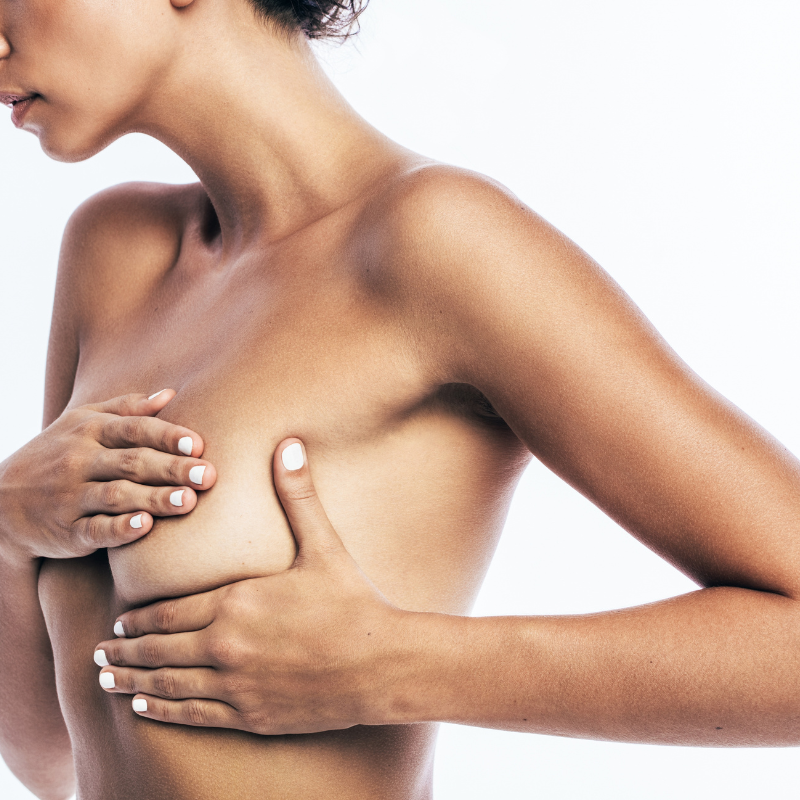What You Need to Know About Breast Cancer
Breast cancer is the second most common type of cancer in women in the United States, after skin cancer. The American Cancer Society estimates that about one in eight women will develop breast cancer at some point in their lives. With these alarming statistics, it’s important for all women to know the facts about breast cancer and how to lower their risk.
What is Breast Cancer?
Breast cancer is a disease where cells grow abnormally. These cells often form a tumor that can spread to other parts of the body through the blood or lymphatic system. While men can get breast cancer, it is much more common among women. Early detection is key as it helps make sure you get treatment before it spreads elsewhere in your body.
Risk Factors
It’s impossible to know who will develop breast cancer and who won’t, but there are certain factors that can increase your risk like age and family history. Other factors include radiation exposure, diet, alcohol consumption, and lack of physical activity – all of these can affect a woman’s risk for developing breast cancer. Women over 50 have a higher risk than younger women so taking preventative measures like early screenings is especially important for them. If there is a family history of breast or ovarian cancers it may be recommended that women with this risk factor speak with their doctor about genetic testing or consider starting mammograms earlier than age 40-45 (the recommended age). Additionally, if someone has already been diagnosed with breast cancer they should talk to their doctor about other tests they may need and possible lifestyle changes. Depending on what type of breast cancer they have.
Prevention & Treatment
Detecting Breast Cancer Early & Treatment Options: It’s important for all women over 40 to have regular screening mammograms as this significantly increases the chances of detecting any abnormalities early on when treatment options are more effective. A screening mammogram looks for lumps or tumors that cannot be felt during an exam by either you or your doctor. In addition to mammograms there are also MRI scans which use radio waves and magnets instead of x-rays to create detailed images of breasts.These are used mostly for high-risk cases but may be recommended by your doctor if needed. Once detected, treatment options vary depending on how advanced the disease is and how aggressive the tumor grows—surgery, chemotherapy, hormone therapy, radiation therapy amongst others may be prescribed by your doctor depending on each case’s unique needs.
No matter what stage you detect it at or what type you have been diagnosed with, it’s important to stay informed and proactive with regular checkups. That way you can take advantage of early detection methods which provide better outcomes overall when dealing with a breast cancer diagnosis and treatments available today. Taking good care of yourself overall should also help reduce your risk as well as knowing your own body and understanding what “normal” feels like. Making it easier to note any potential changes and can be detected quickly by seeking medical attention right away if needed .
Lastly, although no one likes thinking about something like this happening. Having a support system in place whether it’s friends, family, coworkers etc. can make any situation easier. Knowing you aren’t alone makes facing difficult times easier. With early detection knowledge, support systems, and taking care of yourself, you can manage any diagnosis effectively whatever comes your way .


